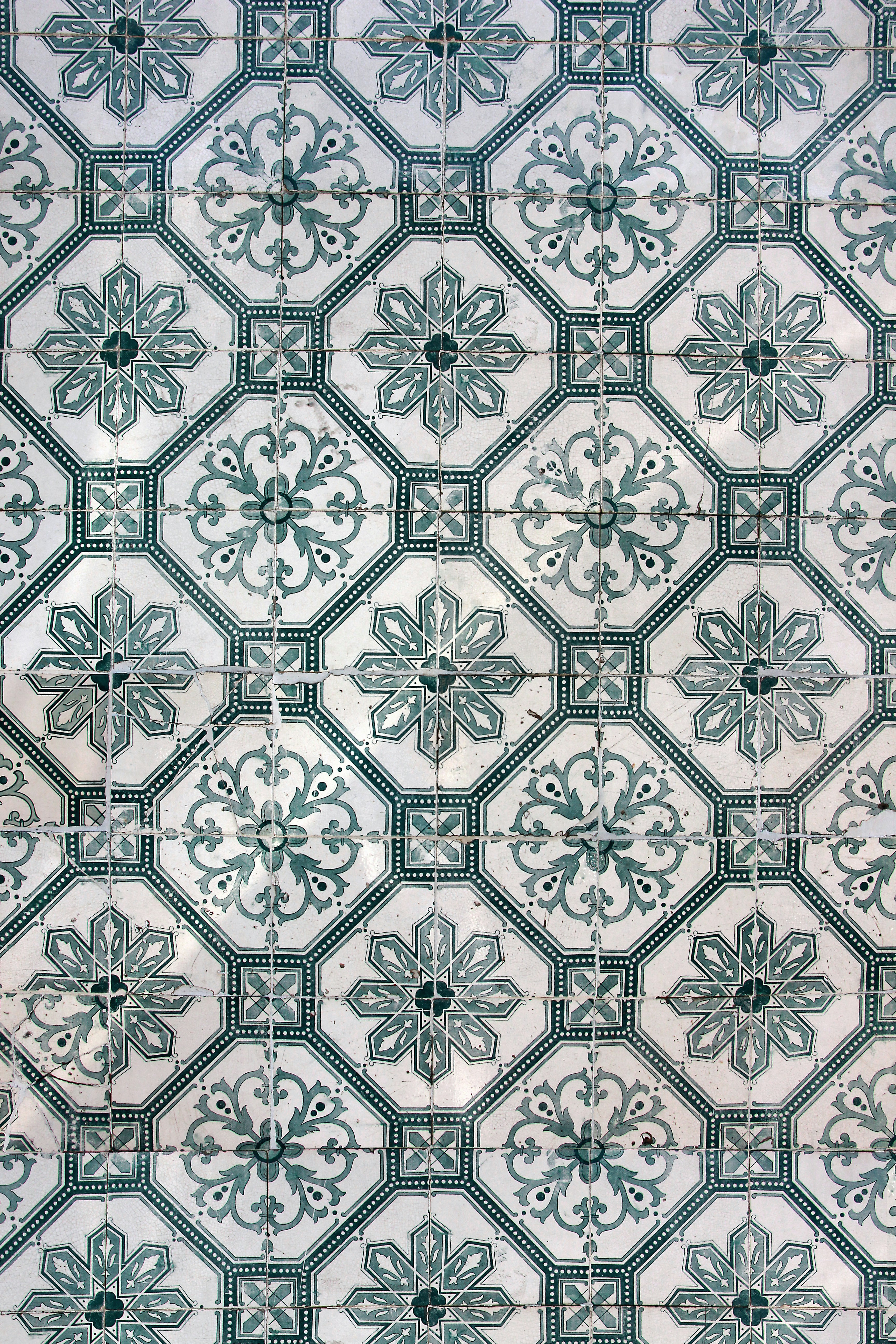Nano Warriors
The Tiny Revolution in Drug Delivery
Article Navigation
Introduction: The Invisible Medical Revolution

Imagine a drug that travels directly to a diseased cell, bypassing healthy tissue—reducing side effects while maximizing healing. This isn't science fiction; it's nanotechnology-based drug delivery, a field poised to redefine medicine.
By engineering materials at the nanoscale (1–100 nanometers), scientists exploit unique physical and chemical properties to overcome biological barriers. For example, thymoquinone—a natural anticancer compound—saw its bioavailability increase sixfold when encapsulated in lipid nanocarriers 1 .
1. How Nanocarriers Work: Precision on a Molecular Scale
Active Targeting
Surface ligands (e.g., folate, antibodies) bind to receptors overexpressed on diseased cells. For instance, folate-coated nanoparticles deliver chemotherapy directly to folate-receptor-rich cancer cells 5 .
Key Nanocarrier Types
| Type | Composition | Applications | Examples |
|---|---|---|---|
| Liposomes | Phospholipid bilayers | Cancer therapy, mRNA vaccines | Doxil®, Moderna COVID-19 vaccine |
| Polymeric NPs | PLGA, chitosan | Controlled release, crossing blood-brain barrier | Brain tumor treatments |
| Lipid Nanoparticles (LNPs) | Ionizable lipids | RNA/delivery | Pfizer-BioNTech vaccine |
| Gold Nanoparticles | Metallic gold | Diagnostics, photothermal therapy | Tumor imaging enhancers |
2. Spotlight Experiment: Dual-Action Nanoparticles for Liver Cancer
Methodology
Researchers developed a nanocomposite (DOX-C@Fe@Cu NC) to treat hepatocellular carcinoma 3 :
- Synthesis: Iron and copper nanoparticles were combined, and doxorubicin (chemotherapy drug) was adsorbed onto their surface.
- Functionalization: Surface modified with tumor-penetrating peptides.
- Testing:
- In vitro: Exposed to liver cancer cells (HepG2) and normal cells.
- In vivo: Injected into mice with liver tumors.
Results and Analysis
| Parameter | Free Doxorubicin | DOX-C@Fe@Cu NC |
|---|---|---|
| Tumor Cell Death | 45% | 92% |
| Apoptosis Rate | 25% | 68% |
| Liver Toxicity | Severe | Minimal |
| Treatment | Cardiotoxicity | Hepatotoxicity | Renal Toxicity |
|---|---|---|---|
| Free Doxorubicin |
|
|
|
| DOX-C@Fe@Cu NC |
|
|
|
Significance
This experiment showcased multimodal therapy—combining chemotherapy with metal-ion-mediated toxicity—while drastically reducing organ damage 3 .
3. The Scientist's Toolkit: Essential Reagents
| Reagent/Material | Function | Example Use Cases |
|---|---|---|
| PLGA | Biodegradable polymer for controlled release | Sustained cancer drug delivery |
| PEG | "Stealth" coating to evade immune cells | Prolonged circulation of LNPs |
| Ionizable Lipids | RNA encapsulation in LNPs | mRNA vaccines (e.g., COVID-19) |
| Folate Ligands | Active targeting of cancer cells | Ovarian/bladder cancer therapy |
| Quantum Dots | Fluorescent imaging probes | Tumor margin detection during surgery |
PLGA Nanoparticles
Biodegradable and biocompatible for sustained drug release.
PEG Coating
Extends circulation time by reducing immune clearance.
Ionizable Lipids
Key component in successful mRNA vaccine delivery.
4. Real-World Applications: From Labs to Clinics

Cancer Therapy
Liposomal doxorubicin (Doxil®) reduces heart toxicity by 90% compared to conventional formulations 5 .

Brain Diseases
Polymeric nanoparticles cross the blood-brain barrier, enabling Alzheimer's trials with nasal-administered drugs .

Vaccines
Lipid nanoparticles in COVID-19 vaccines protect mRNA and enhance cellular uptake, achieving >95% efficacy 4 .
Market Growth Projection
The global nanomedicine market is experiencing exponential growth with increasing clinical applications.
5. Challenges and the Road Ahead
Toxicity
Long-term nanoparticle effects remain under study; biodegradable materials (e.g., chitosan) mitigate risks 7 .
Future Innovations
Conclusion: Medicine's New Frontier
"Nanotechnology offers the holy grail of drug delivery: maximum therapeutic impact with minimal collateral damage."
Nanotechnology transforms drug delivery from a scattergun approach to a precision strike. As materials scientist Mansoor Amiji (Northeastern University) notes, collaborations between engineers, biologists, and clinicians are turning "Trojan horse" nanocarriers into clinical realities .
With clinical trials growing exponentially, the next decade will see nanomedicine evolve from cancer therapy to mainstream treatments for diabetes, neurodegeneration, and beyond.